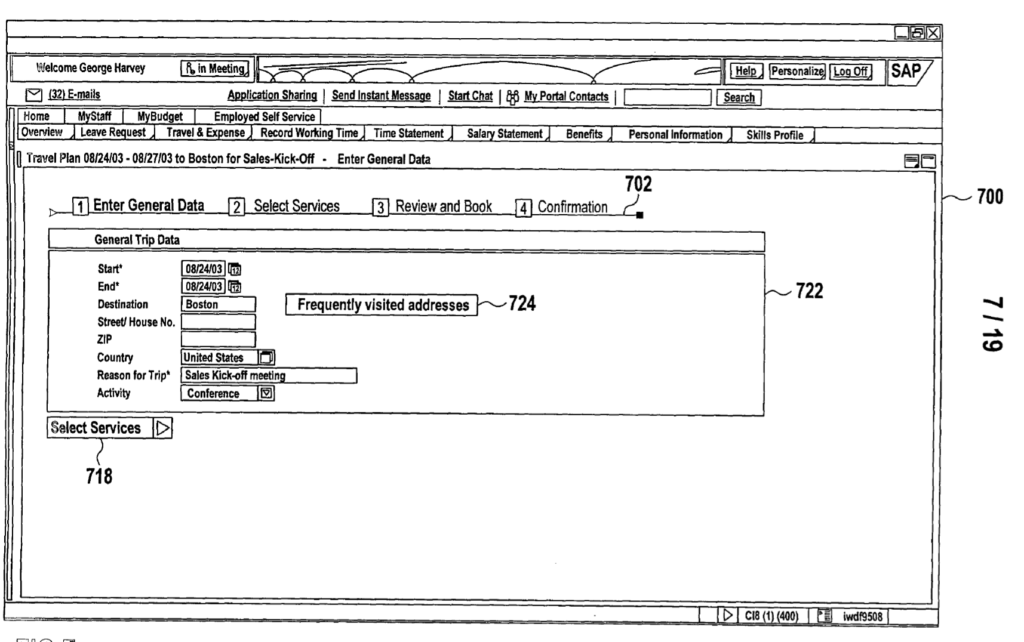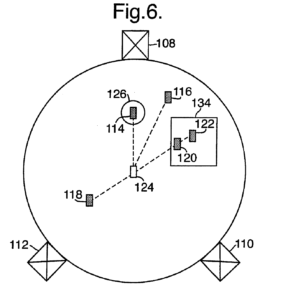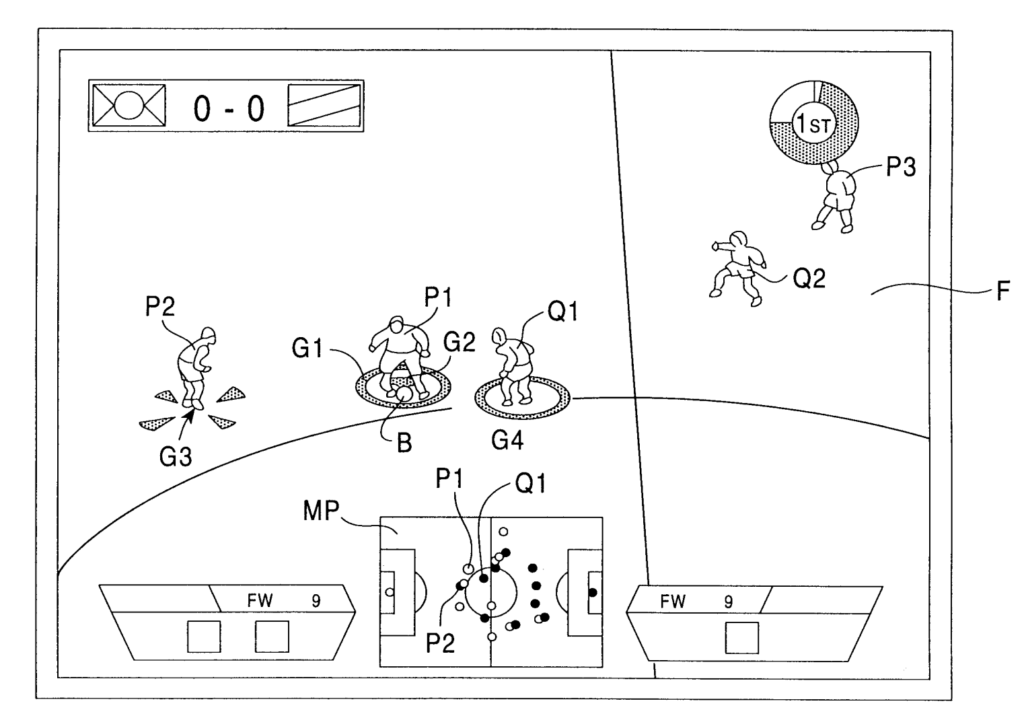11/05/2021
Graphical user interfaces (GUIs) are an increasingly important form of computer implemented invention. With the rise in applications relating to artificial Intelligence, big data and Fin-Tech, techniques for the effective capturing of input data (input GUIs) and visualization of complex processing (output GUIs) are essential. Further, as the trend of algorithm driven “black-boxes” continues, Graphical User Interfaces give us an opportunity to glimpse inside the data and quickly understand what is going on.
Like all computer implemented inventions, the bar for patentability is set high. Whereas, traditional inventions need to be both novel and inventive in order to secure patent protection, computer implemented inventions (and Graphical User Interfaces) also need to avoid falling into one of the “non-invention” categories set out in patent law, namely mere computer programs or presentations of information “as such”, set out in Art 52 of the European Patent Convention (EPC) and Section 1(2) of the UK Patents Act. In this article, I look in more detail at the assessment of patentability of Graphical User Interfaces at both the European Patent Office and UK IPO, and discuss specific examples to aid comprehension.
Background : The Comvik Approach to Computer Implemented (mixed inventions)
In its recent decision G1/19 (discussed here), the Enlarged Board of Appeal confirmed the primacy of the “two hurdle” approach established in the Comvik decision (T0641/00) for assessing the patentability of computer implemented inventions. Put simply, under the Comvik approach, a claim that possesses technical character (by referring to apparatus features, computer hardware or software for example), clears the first hurdle, and satisfies the requirement of Art 52 EPC that a patentable invention not relate merely to a computer program or presentation of information “as such”. The second hurdle however is harder to clear, as it requires that the technical features of the claims also make an inventive or technical contribution. Features of the claim that are not technical (such as features that are seen purely as administrative, organizational, or motivated by economic considerations) are ignored for the assessment of inventive step.
Under the Comvik test, therefore, an innovative new technique for calculating stock market fluctuations, implemented in software on a computer, could be considered new and meeting the requirements of Art 52 EPC, but would likely fail the test for inventive step under Art 56 EPC on the ground that the calculation of stock market fluctuations is at its core an economic problem not a technical one, and that as a result, no technical problem could actually have been solved.
The G1/19 decision similarly dealt with the patentability question for software simulating the movement of pedestrians through a public space. According to the applicant’s website, the simulation software had been used at every Olympics since 2000 to simulate and analyse the foot traffic on infrastructure assets to thereby “enhance footfall, wayfinding, crowd management, and safety and security strategies. Despite the software itself having clear utility in the realm of data visualization, the EPO had doubts that the claimed invention solved a technical problem. In this case, any possible technical contribution made by the software was obscured by the particular mix of technical and non-technical features in the claim, and further diminished by the prior art cited during examination relating to dynamic models of pedestrians in crowds.
What does this all mean for the patentability of Graphical User Interfaces?
Graphical User Interfaces
Graphical user interfaces, like simulations, are more challenging to patent than other forms of software. It is easy for example to identify and present an argument that control software for a factory or plant is “technical” and makes a “technical contribution” by virtue of the interaction of the control software with physical objects outside of the computer. The same can be said of software that controls a computer itself or a network on which the computer is connected. In this latter case, the technical contribution can often be argued as an improvement to the computer or connected network as a data processing tool. There is ample case law for example confirming that software that controls another technical system (for example an X-Ray machine, or a nuclear power station), or which controls the technical operation of the computer itself is patentable (e.g. image processing, or file system management). However, graphical user interfaces at best control the screen of a computer, to organize either the input or output of data in a particular way, and the benefits are often primarily on the impression the display makes on the human operator.
Although effective strategies for patentability might involve arguing that the control of a computer display is a technical problem, or that the technical effect of the GUI is an improvement in human-computer interaction, this cannot be true in every case, and the persuasiveness of the argument is often diminished by a necessary reliance on the impression or purported reduction in cognitive burden the GUI makes on the mind of a human operator. In patent terms, presenting the main advantage of an invention as an effect in the mind of a user can be problematic, as it does not have a firm grounding in the technology itself. This is not always fatal to the argument, but can make the second hurdle in the Comvik test seem even harder to clear.
Broken Chains
In the T1741/08 (GUI Layout / SAP) decision, the applicants had developed a streamlined data capture interface, involving a first linear sequence of top-level icons, and a second linear sequence of icons lined up with a selected top level icon to indicate what further data entry fields were yet to be completed. The applicant had argued that in comparison with existing data entry ‘wizards’ the display of the two rows of icons made it easier, particularly for an inexperienced user, to identify the stage reached in a process of data input requiring a number of steps and sub-steps and that this resulted in more efficient data entry process.

As pointed out by the technical Board of Appeal at the EPO, the appellant was effectively arguing that the technical contribution made by the invention depended on a chain of events: (1) an improved layout of the GUI, and 2) an associated lowering of the cognitive burden for the user; such that (3) the user responded more quickly and the computer therefore required fewer resources. However, in terms of technical effect, the EPO saw this as “a broken chain”, with only the third of the links – the potential reduction in computer resources – being technical, the other two links being dependent on the presentation of information in the GUI or on the cognitive actions of the user.
Another way of understanding the “broken chain” argument is that the potential technical contribution is not a direct result of the invention and requires too much of a “leap” in reasoning. In other words, the inventive step argument is simply not very credible on its own merits.
To avoid a broken chain type objection, a persuasive argument needs to go beyond an assertion that the resulting GUI is useful and “could be” used to solve a technical problem. There has to be a credible argument that a technical contribution has been made. There are interesting examples of this in the case law from the UK IPO. Hitachi’s application (UK IPO Decision O/809/18) for example relates to a GUI for scheduling work activities on a construction site. The degree of congestion on the site resulting from the placement of tools or parts was determined and presented to a user so that the work could be rescheduled and construction continue in an efficient way. As the GUI presented a warning signal which the human operator would not fail to act on there was no broken chain. Parents of small children wishing to keep bedrooms tidy could perhaps benefit from a similar innovation! Similarly, in the Fisher-Rosemount Decision (UK IPO Decision O/246/17), a GUI was available that allowed operators to select which aspects of a plant control system were displayed as part of their dashboard. This was possible while the plant was running, leading to a direct improvement in efficiency of the plant.
Inventive Steps
The requirement for a credible technical effect however goes beyond a mere broken chain type objection, and also depends on the actual contribution made over the prior art. The EPO decision in T1143/06 (Data Selection System / British Telecommunications) is a good example of this. In this decision, the invention concerned a GUI for displaying the result of a search query performed on a database. Search criteria (108, 110, and 112) were displayed around the periphery of the result circle, while the results of individual queries were displayed as moving elements (114 116, 118, 120, 122 etc.) inside the circle. The final display position for an element represented the relationship of the query to the different search criteria displayed, while the speed with which the element moved from the center of the circle to the final position as well as the final position itself, indicated to the user the magnitude of the search hits, thus allowing quick comparison with other results displayed at the same time.

At examination, both the applicant and the Appeal Board agreed that the invention differed only from the closest prior art by virtue of the speed of movement of the respective elements relative to one another, a feature seen only as achieving a reduction in the cognitive burden on the user interpreting the results, rather than an objectively measureable technical effect. The EPO noted that the “speed” could just have easily been presented in another form such as a table in which the results were ranked. Had the claimed search interface been more different to the prior art, it is therefore perhaps possible that a more credible technical effect could have been identified and the inventive step hurdle overcome.
The Beautiful Game
Similarly to the Hitachi and Fischer Rosemount examples discussed above, another example of a GUI related invention deemed to provide a credible technical contribution is illustrated by the EPO decision in T0928/03 (Video Game / Konami). At first glance, the circumstances of the invention are little harder to understand, as the technology is presented in the context of a video game for playing football.
Here, the claimed invention related to the use of guide display means to indicate the position of a player who had moved off-screen, such that a player on-screen could still pass the ball to the off-screen player. The guide display means constituted a “pass guide mark” (G3)… “displayed on the end of the display area even when said another player character (P2) and said pass guide mark (G3) come out of the display area of the monitor screen so as to properly indicate the direction in which the game medium (b) is to be passed by the player character (P1)”.

Despite the trappings of the football game, the EPO determined the technical effect as facilitating a continued human-machine interaction by resolving conflicting technical requirements: displaying an enlarged portion of an image and maintaining an overview of a zone of interest which is larger than the display area. It is possible that the EPO recognized the possibility of this concept having wider application in AR, VR or machine assisted driving applications, or perhaps they were just fans of the genre!
Protection for Graphical User Interfaces
Protection for a graphical user interface (particular for the appearance of the screen) is available under UK and EU registered design protection. Additionally, and as shown above, patent protection is available for graphical user interfaces, as long as a credible technical contribution can be identified.
Like all inventive step style arguments what “credible” means can be subjective and open for discussion. However, stronger arguments will likely focus on a direct relationship between features of the GUI display, and an improvement either in the operation of the computer itself or connected system. GUIs that affect control of a technical system for example might fall into this category. The display of technical information about a technical system can also be patentable.
Although all computer programs are routinely configured to display data on the screen of a computer, yet will not necessarily be novel or inventive as a result, GUIs that present or display data in such a way as to directly improve the character of the computer as a data processing tool can therefore be patentable. This might depend on the particular organisation of the of the data entry fields for input or output, the technical nature of the data being displayed (e.g. images at different resolutions, signals, warning indicators) and the actual effect on an operator as a result. In other words, is the operator merely presented with information, or does the output of the GUI really improve human-computer interaction on grounds such as security, efficiency, or efficacy?
Reddie & Grose LLP have considerable experience supporting clients in the fields of AI, Fin-Tech and Data visualization to grapple with these questions. If you would like to discuss this further with us, contact the author below, or our general enquiries address.
This article is for general information only. Its content is not a statement of the law on any subject and does not constitute advice. Please contact Reddie & Grose LLP for advice before taking any action in reliance on it


